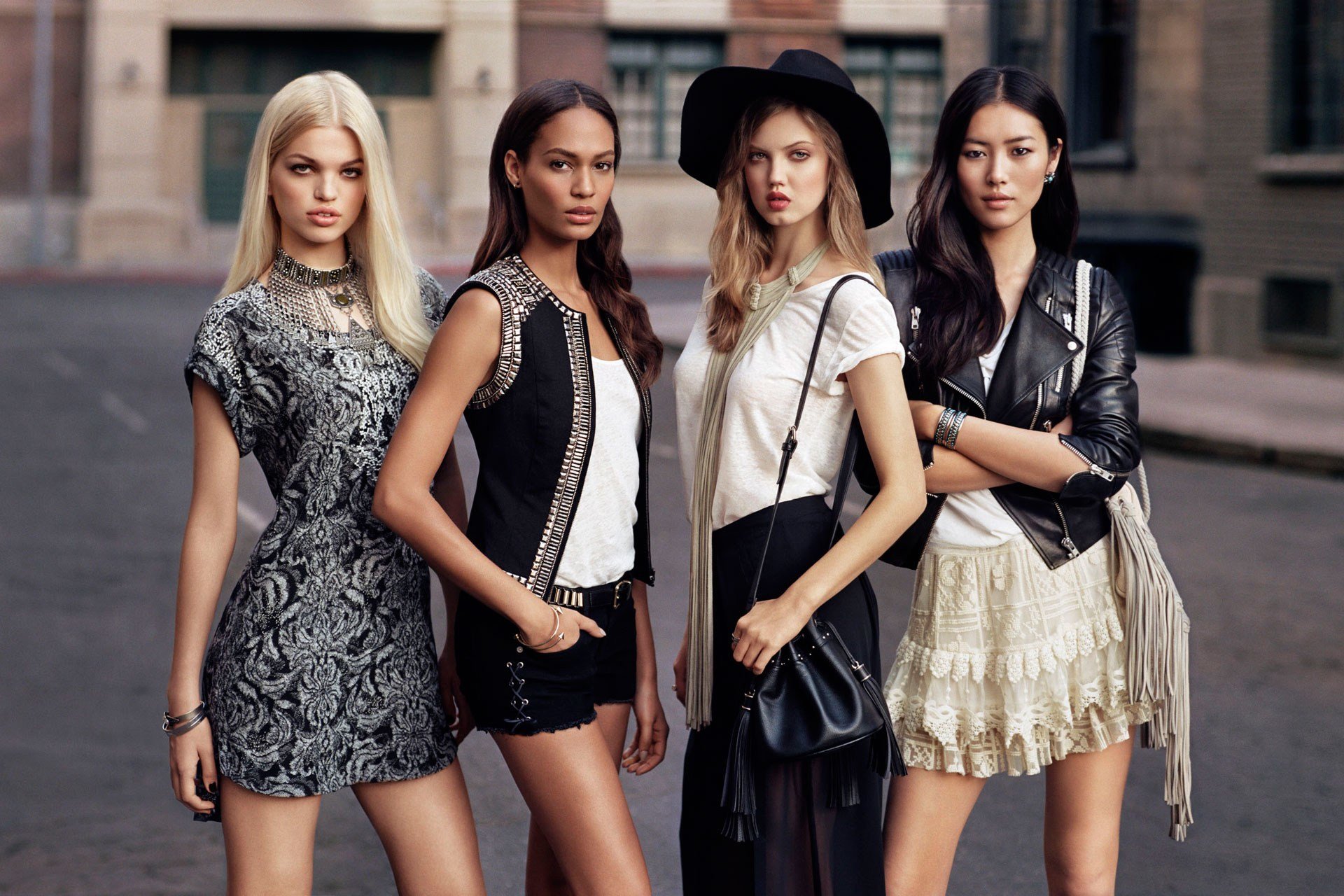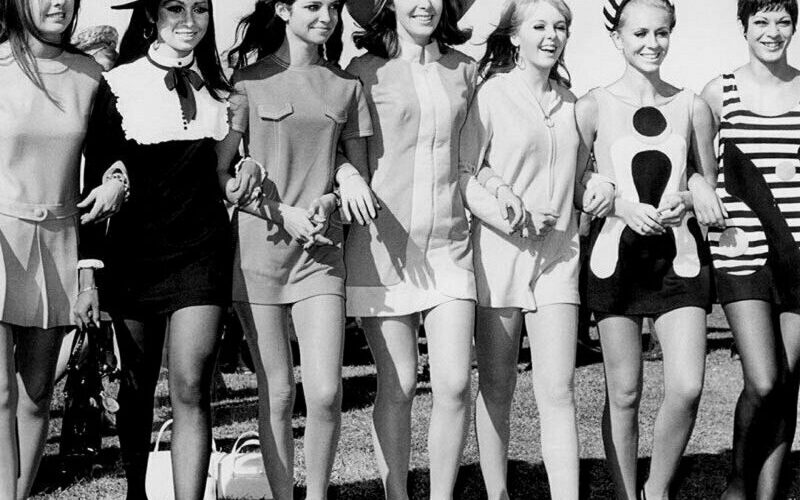The idea of beauty has changed and will continue to change throughout history. What was once a beauty standard is no longer the norm, and things are always changing. Let’s take a look at how beauty has changed throughout time.
Ancient Beauty
In ancient Egypt, you were considered beautiful if you were slim with a symmetrical body. Typically, younger females and males with muscles were most beautiful. Similarly, Greeks valued a symmetrical face, but men’s bodies were valued over women’s.
In ancient China, beauty was all about size. The smaller you were, the more beautiful you’d be considered, which is why foot binding was brutal, and some women who did it didn’t want to. Some women went to such great lengths to get tiny feet and waists.
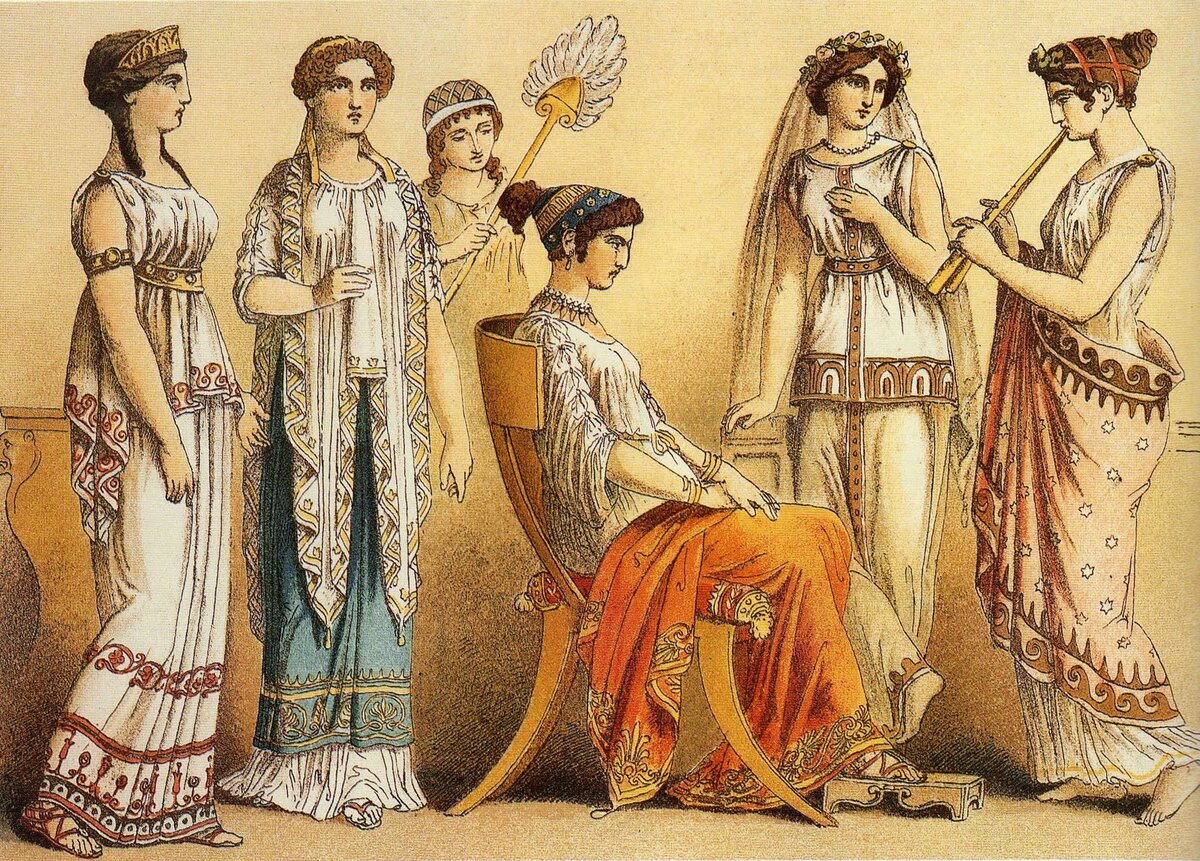
Renaissance and Victorian Beauty
Women during the Renaissance era normally had longer hair, wider hips, and on the heavier side. A more full figure was often considered an indicator for signs of fertility. Fertility was a defining trait of beauty for men during this time, as these men wanted health and child-bearing hips.
After the middle ages, the beauty standards changed for women. The standard became a curvier, fuller figure with pale skin and light hair. These standards are similar to Victorian England as well. Women wanted to be full-figured but with smaller waists, which they achieved through the use of corsets. The ideal beauty was a pale face, rosy cheeks and dark eyes.
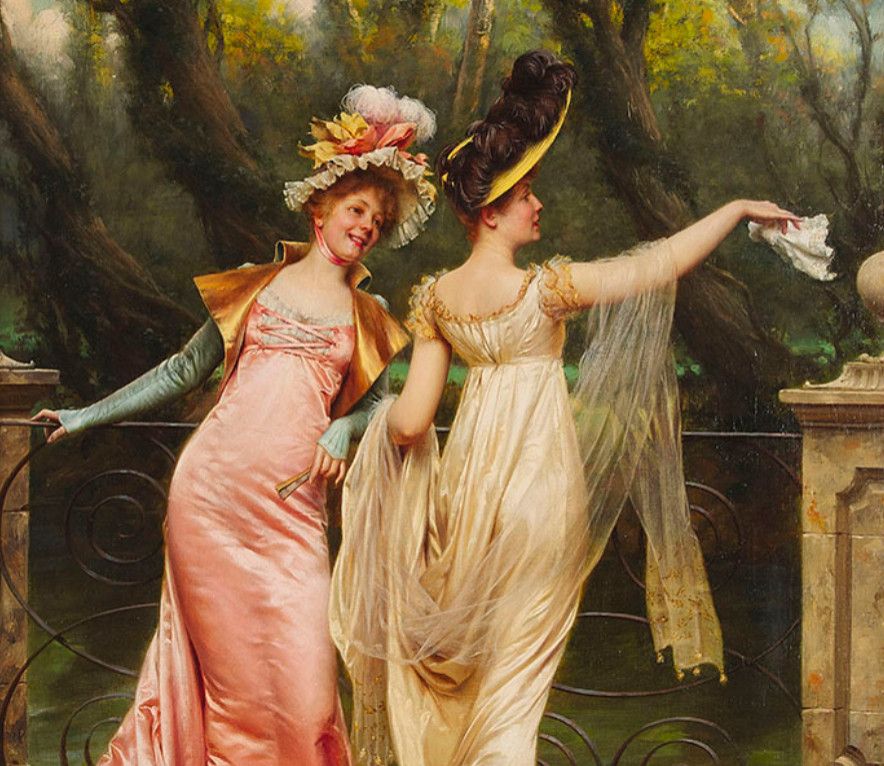
20th Century Beauty
The turn of the new century was also the turn of new beauty standards. In the '20s, women had shorter hair and less emphasis on the waist. In regard to fashion, women dressed up. They would wear big fur coats, flapper hats, dresses, thigh high stockings, and more. It was a statement that women dress to impress. During the night, it was pure glamour with high heels, pearls, beads, and silk.
A great reference would be The Great Gatsby and the fashion depicted in the iconic novel and movie. You would never see a woman leave without her hair, makeup, stockings, and bold lipstick on. As this trend started in the 20th century, it is something that never died and is a great way for women to fully dress up on a night out.

Only ten years later, the beauty standards changed again, with Hollywood bringing back the hourglass figure. This standard continued in the '40s and '50s with popular stars such as Marilyn Monroe.
As far as makeup was concerned, most women went with a natural look that only highlighted lips and eyes.
And, finally, the '60s. How could we not talk about pants that made you look thin with long legs? Both the fashion and cultural scene changed in the '60s after the recovery of the economy after the war. Now, women opted for long jeans and eyelashes.
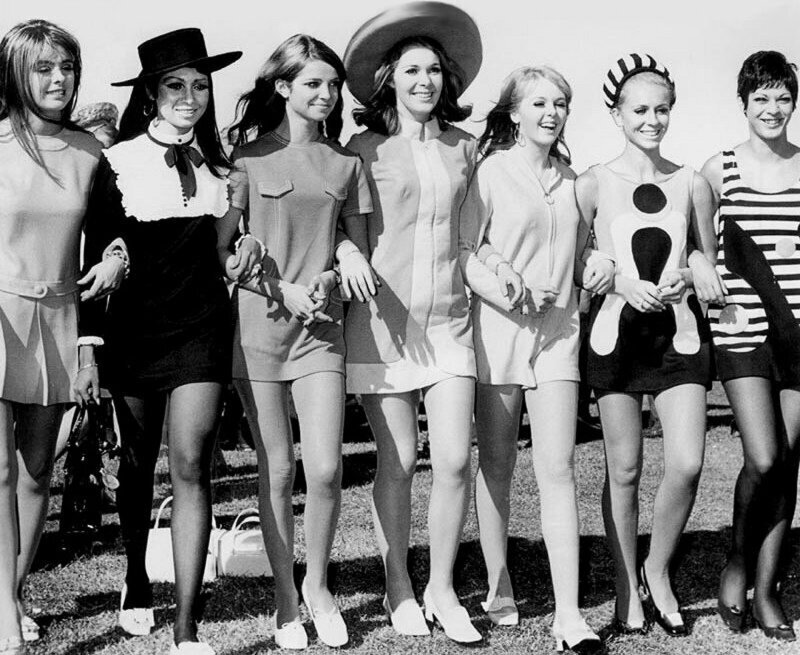
The '80s and '90s Beauty
When you think about the '80s, you likely think about workout videos. This was the first time that working out was truly in style. Women began trying to obtain more athletic figures to be thin and fit. The ‘80s was a big time for fashion, with more racial and ethnic inclusion in the media than there was in past years. This was also the time when women became more career-oriented, which meant dressing the part. The trends you’re most likely to remember from the ‘80s are big square blazers, shoulder pads, big hair, and bold colors.
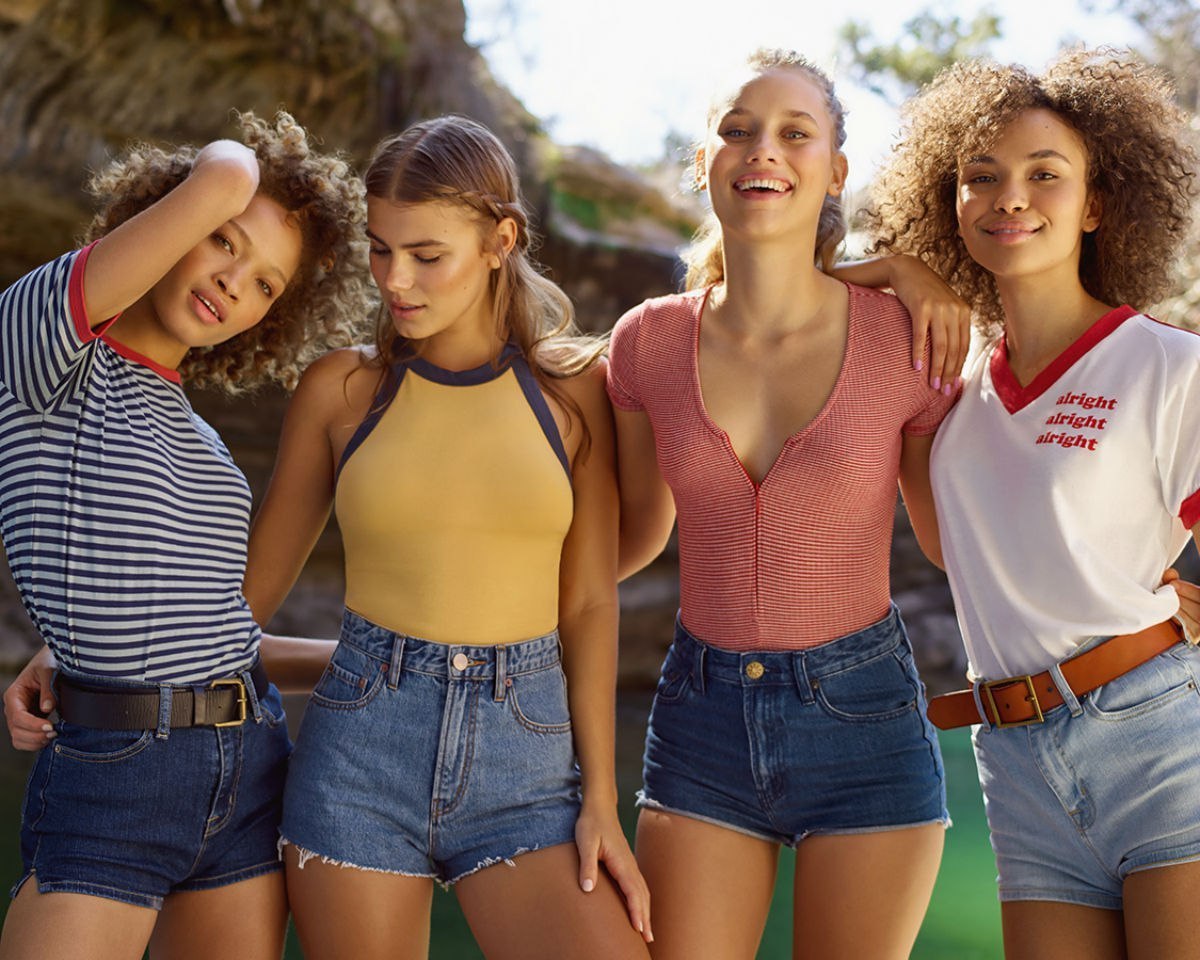
Just ten years later, in the '90s, beauty standards were different. Women chose to express themselves more. Some wanted to be skinny and pale like Kate Moss, and in the fashion world, boxy, denim, and plaid were all the rage. For makeup, women toned down the bright colors of the '80s and became more neutral. However, there was still tons of body glitter.
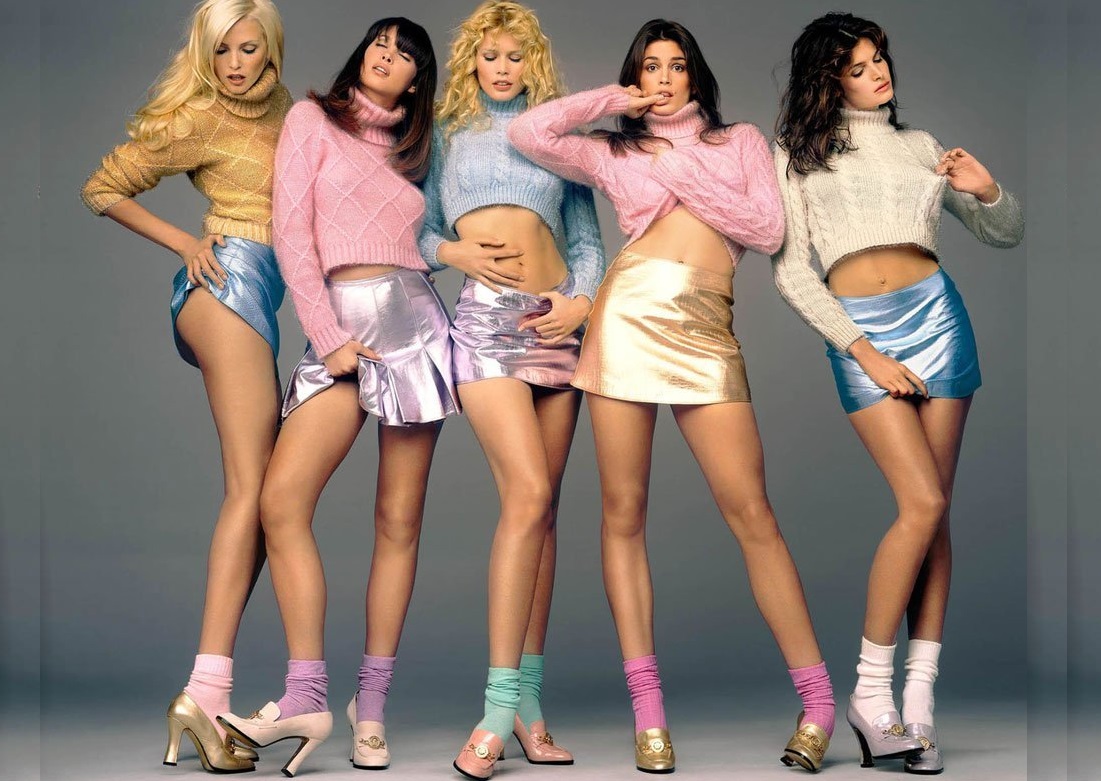
21st Century Beauty
The 21st century may have just begun 20 years ago, but the concept of beauty continues to change. Most women aim for a slender look with larger breasts and flat stomachs. While this remains to be the norm that many women strive to be, this century has allowed us to realize that not everyone needs to fit those standards.
The last few years have been an awakening of sorts. Thanks to social media, we now see beauty in many different lights. Groups of individuals who didn't have a voice before now do, thanks to social media, and are fighting against traditional beauty standards for a more truthful representation of all body types and beauty types that exist in the world.
